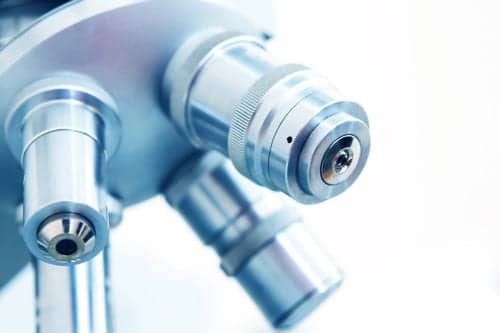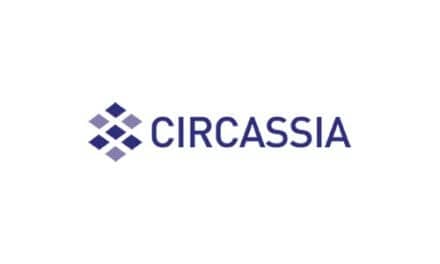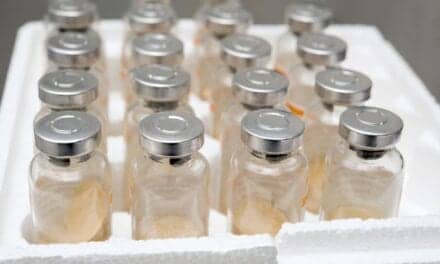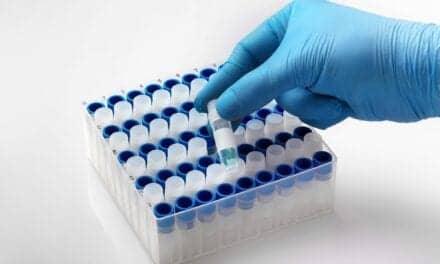A pivotal Phase 3 trial evaluating Dupixent (dupilumab) to treat moderate-to-severe atopic dermatitis in adolescents (ages 12-17) met its primary and key secondary endpoints, according to Regeneron Pharmaceuticals and Sanofi.
In the trial, treatment with Dupixent as monotherapy significantly improved measures of overall disease severity, skin clearing, itching and certain health-related quality of life measures. Dupixent is the first and only biologic to show positive results in this patient population.
“Moderate-to-severe atopic dermatitis can place a particularly significant burden on adolescents, who have to deal with oozing skin lesions with unrelenting, intense itching during their formative years,” said George D. Yancopoulos, MD, PhD, President and Chief Scientific Officer of Regeneron. “Dupixent blocks the IL-4/IL-13 pathway, which is emerging as a central driver of Type 2 allergic inflammation. We are committed to investigating the potential for Dupixent across Type 2 inflammatory diseases with high unmet need including atopic dermatitis, asthma, eosinophilic esophagitis, nasal polyps, chronic obstructive pulmonary disease and food allergy.”
Patients treated with Dupixent had significant improvement in disease severity at 16 weeks
The primary endpoints were the proportion of patients achieving Investigator’s Global Assessment (IGA) score of 0 (clear) or 1 (almost clear) and 75% improvement in Eczema Area and Severity Index (EASI-75, co-primary endpoint outside of the US.) at 16 weeks. Results included:
- 24% of patients who received weight-based dosing of Dupixent every two weeks (200 mg or 300 mg) and 18% of patients who received a fixed dose of Dupixent every four weeks (300 mg) achieved the primary endpoint – clear or almost clear skin (IGA; score of 0 or 1) – compared with 2% with placebo (p less than 0.0001, and p=0.0007, respectively).
- 41.5% of patients who received Dupixent every two weeks and 38% of patients who received Dupixent every four weeks achieved 75% or greater skin improvement (EASI-75) compared to 8% with placebo (p less than 0.0001).
- There was a 66% improvement in the Dupixent every two weeks group and 65% improvement in the Dupixent every four weeks group in average percent change from baseline in EASI score compared with a 24% improvement in the placebo group (p less than 0.0001).
- There was a 48% improvement in the Dupixent every two weeks group and 45.5% improvement in the Dupixent every four weeks group in average percent change from baseline in the pruritus numerical rating scale (NRS) compared with a 19% improvement in the placebo group (p less than 0.0001).
“Current treatment options for these adolescent patients such as topical steroids, oral steroids, and non-steroidal immunosuppressants can have significant side effects,” said Elias Zerhouni, MD, President, Global R&D, Sanofi. “We continue to explore Dupixent’s role in targeting Type 2 inflammation as an underlying cause of atopic dermatitis to potentially provide adolescents, some of whom have lived with this disease their entire lives, a therapy that treats more than just their symptoms.”










